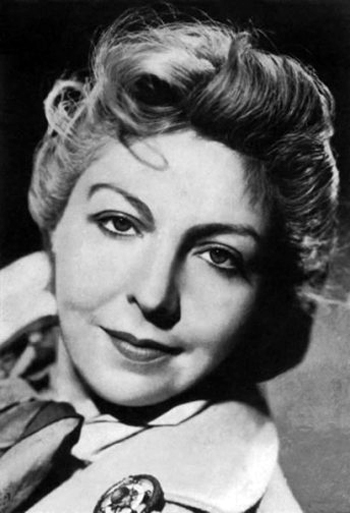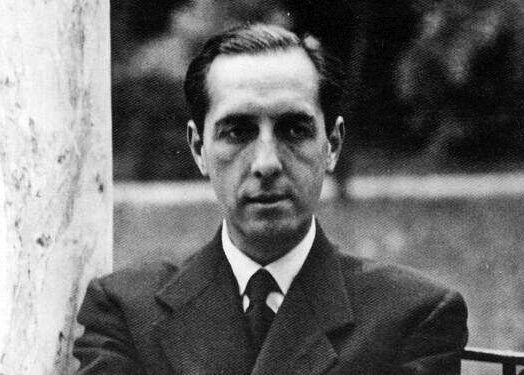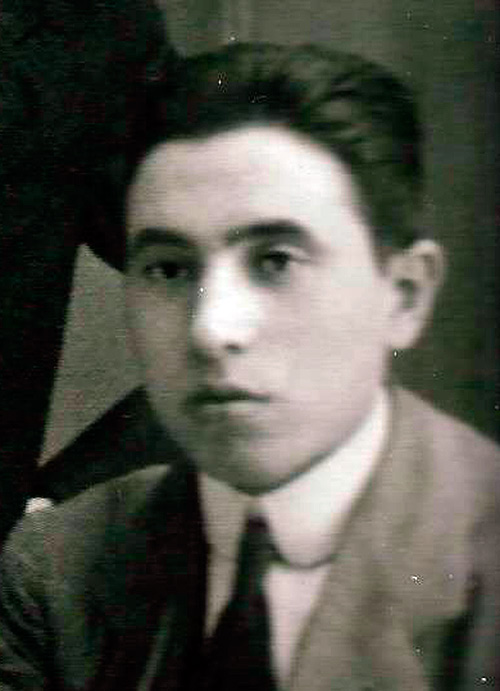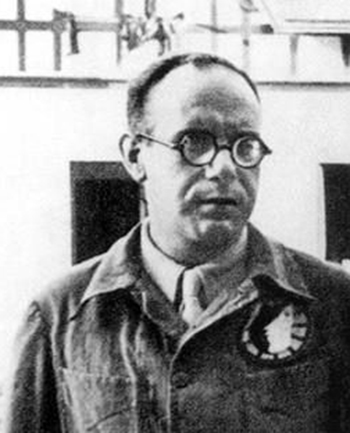Poet, playwright, essayist, intellectual and activist of the Generation of ’27, she married Rafael Alberti in 1932. She Was born in Logroño on October 31, 1903 and died in Majadahonda (Madrid) on December 13, 1988 from Alzheimer’s, a disease of family inheritance and against which she struggles to finish her memoirs. The first symptoms appear in the last years of her exile in Rome where she was writing and was in a hurry: “When I forget everything and sing like my grandmother with the last light of memory…”. She is buried in the Majadahonda cemetery. The epitaph reproduces a verse of the writer from Cadiz: “Today, love, we are twenty years old”.
During the Civil War she was part of the Board of Seizure and Protection of the Artistic Patrimony that was in charge of the transfer of the funds of the Prado Museum. She also collaborated in the preparation of the Ballad of the Civil War, dedicated to Federico García Lorca, whose The Billy-Club Puppets she premiered as co-director in December 1937. Recognition of her literary work, half-forgotten because of exile, increased markedly. Her autobiography, Memory of Melancholy, originally published in 1970 in Buenos Aires at the Losada Publishing House, is a beautiful reflection on an existence broken by a 38-year diaspora: “I have no clear judgment about Buenos Aires. How could she have because she is drowned by an immense tenderness? Twenty-three years lived in a city leave their mark”. After the defeat of the Republic she lived in exile in France, Argentina and Italy with her husband, the poet Rafael Alberti, whom she had remarried in 1932.
In 1929, he met Rafael Alberti, with whom she was to share her entire life, at the home of some mutual friends. Alberti would evoke the meeting: “She appeared before me, blonde, beautiful, solid and raised, like the wave that an unforeseen sea threw me with a blow against my chest”.
In Memory of Melancholy, María Teresa recalls how she learned of the murder of Federico García Lorca: “But the Communist deputy insisted: He is dead. Little by little we got used to the fact that Federico had been murdered …”, “When Wells, on behalf of the writers of the world, sent a telegram to the captain-general of Andalusia, asking for the whereabouts of the poet, he found himself answered contemptuously: ‘We don’t know that gentleman’. We saw Rapún again. No one like this silent boy must have suffered for that death. After the nights, the days, the hours were over. Better to die. And Rapún went off to die on the Northern front. I am sure that after firing his rifle in rage he let himself be killed. It was his way of recovering Federico”.
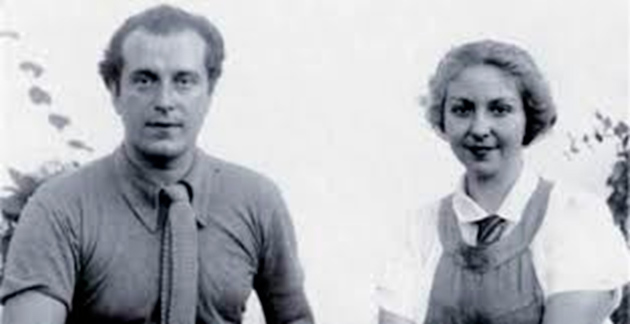
She was born into a bourgeois family from La Rioja, cultured and enlightened. Her father, Ángel León, was a colonel in the Army, and her mother, Olivia Goyri, was the sister of María Goyri, a writer and philologist, married to Ramón Menéndez Pidal, a pioneer in the defense of women’s rights and the second official graduate in Philosophy and the Arts in Spain. The influence of marriage and their daughter Jimena on the young María Teresa was paramount: “Jimena was the synthesis of what a human being can get from his carnal envelope. Slightly older than me, going out alone, going unaccompanied to school, which was not called a school, but a Free Institution, a secular school, without reticent nuns giving the signal to stand up or sit down all in unison, with two little pieces of wood tapped together,” recalls María Teresa in Memory of Melancholy.
Almost at the end of her adolescence she moved to Burgos and there began to publish articles and short stories under the pseudonym of Isabel Inghirami, Gabriele D’Annunzio’s heroine. In 1920, at the age of 17, she married Gonzalo de Sebastián Alfaro in Barcelona, with whom she would have two sons, Gonzalo and Enrique. In 1928, she traveled to Argentina and published her first works: Tales to Dream and The Beauty of Bad Love.
But the year that forever changed the course of her life was 1929. That year she met Rafael Alberti, with whom she shared her entire life, at the home of some mutual friends. Alberti evoked the encounter as follows: “She appeared before me, blonde, beautiful, solid and raised, like the wave that an unforeseen sea threw me with a blow against my chest”. That same year she broke off her first marriage, which had already gone through difficult times, and began a prolific life together with Alberti.
The Republic appoints her deputy director of the Central Council of the Theater and she is put in charge of the transfer to Valencia of the funds of the Prado Museum and the Escorial Monastery. Maria Teresa removed 64 works, including two by Velázquez, The Ladies-in-Waiting and the portrait of the Count Duke of Olivares, which suffered damage due to improper packaging.
After her marriage, in 1932, the Committee for the Extension of Studies granted her a scholarship to learn about European theater and she traveled through Germany, the Soviet Union, Denmark, Norway, Belgium and Holland. In Amsterdam she attended the first world peace congress, and back in Madrid she founded with Alberti and other intellectuals the biweekly magazine, linked to the Communist Party, Octubre, in which she published one of her first committed plays, Strike at the Port. In 1934, the couple returned to the USSR where they attended the First Congress of Soviet Writers. Her political activity increased as the Republic was cracked by successive crises: in 1934, she traveled to the United States to collect aid for the workers of the Asturias Revolution.
The Civil War surprised them in Ibiza, from where they managed to flee to Madrid. As secretary of the Alliance of Antifascist Writers she founded the magazine El Mono Azul. Against Wind and Tide and Sportsmanship are the two novels she published at the time in which she merges her own experiences into the plot. The Republic appoints her deputy director of the Central Council of the Theater and she is put in charge of the transfer to Valencia of the funds of the Prado Museum and the Escorial Monastery. María Teresa removed 64 works, including two by Velázquez, The Ladies-in-Waiting and the portrait of the Conde Duque de Olivares, which was damaged due to improper packaging.
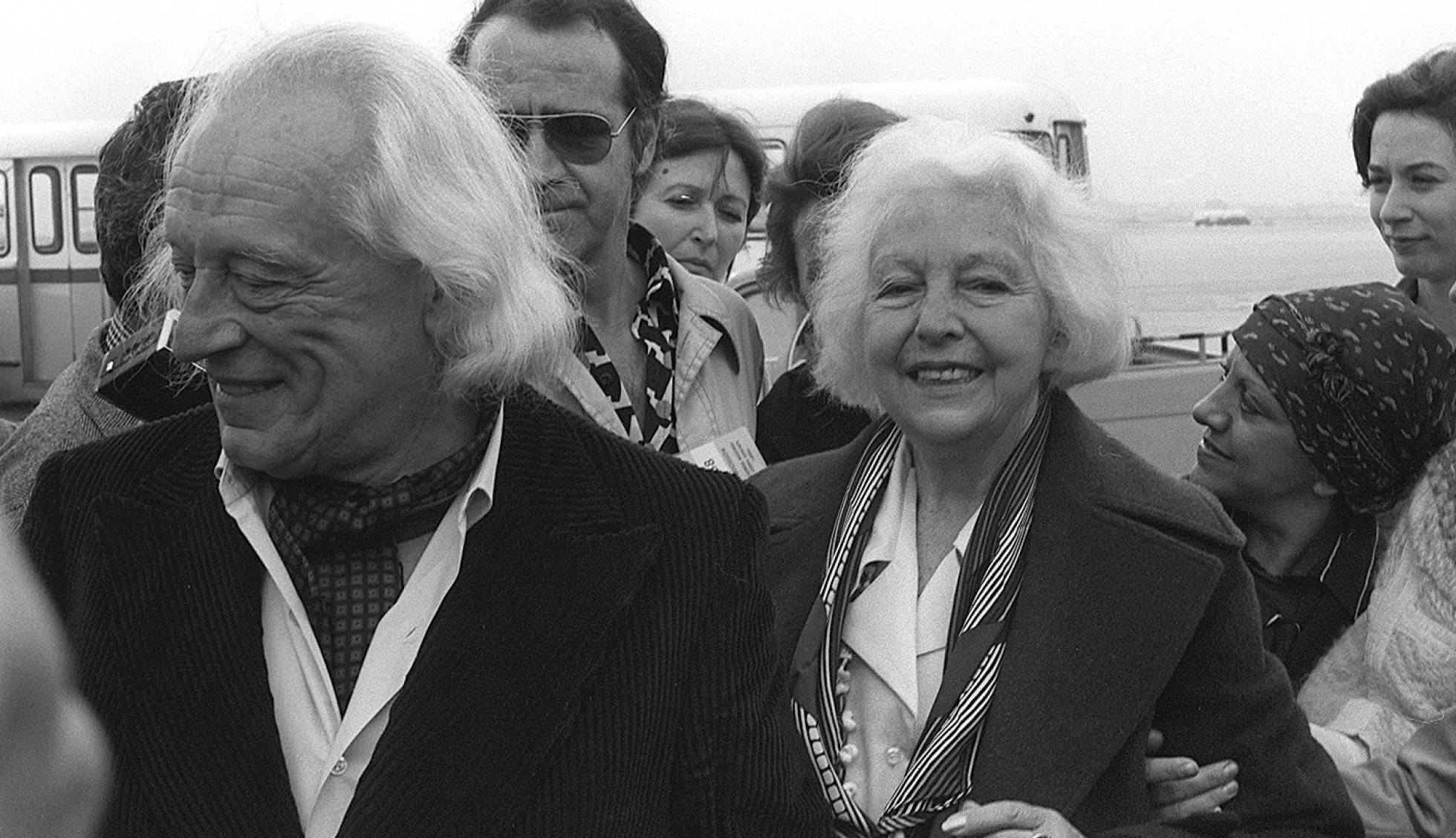
As head of theater she created Theater Guerrillas in the Army of the Center, wrote more emergency theater and co-directed the world premiere of García Lorca’s The Billy-Club Puppets, a piece devised in 1921 but worked on over the years. “Our guerrillas were soldiers,” she writes in her memoirs. “We were all soldiers. We had our ration of bread, bread when Madrid barely ate!’ And we sang.”
After the defeat of the Republic, she went to Oran, from there to France and then to Argentina where she lived for 23 years and where her daughter Aitana was born. In Buenos Aires her prose reached its maturity. The return to Europe was delayed until May 1953, when the couple left for Rome, to the Trastevere district, where she devised her Memory of Melancholy in the midst of continuous travels halfway around the world.
Maria Teresa, already affected by Alzheimer’s, already lost in herself, and Rafael Alberti, who was elected deputy for the Communist Party, returned to Spain on April 27, 1977, a year before the Constitution was approved. However, she was not aware of the reunion. The illness erased the memory of the woman he had claimed in vain for almost 40 years: “A homeland, Sir, a small homeland, like a courtyard or like a crack in a very solid wall. A homeland to replace the one that was torn from my soul in one fell swoop.” She was admitted to a nursing home and died on December 13, 1988.
